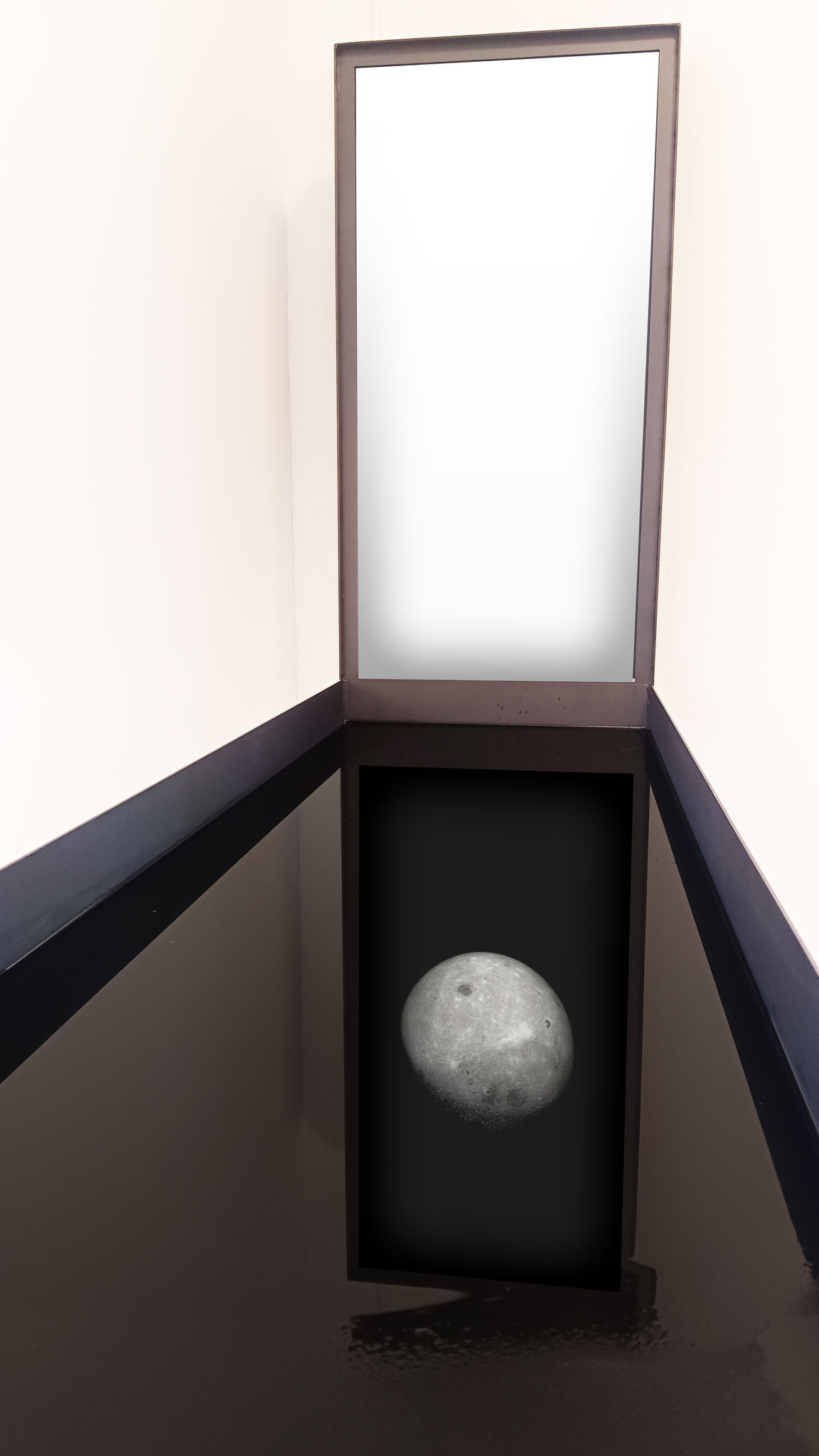Měsíční řeka
Moon River
2024
310 × 50 × 200 cm
157 300 CZK
Cena zahrnuje 21% DPH.

Měsíční řeka
Moon River
2024
310 × 50 × 200 cm
157 300 CZK
Cena zahrnuje 21% DPH.
Richard Loskot
1984
Richard Loskot je absolvent Fakulty umění a architektury na Technické Univerzitě v Liberci (ateliér Vizuální komunikace). Dva roky také studoval na Akademie der Bildenen Künste v Michově (ateliér Magdaleny Jetelové). Tvorba Richarda Loskota je založena na procesuálnosti a vytváření situací a prostředí, která tematizují samotné lidské vnímání. Využívá přitom sofistikovaných prostředků a moderních technologií, které ve výsledku na diváka mohou působit jako propracovaný kouzelnický trik. Pravidelně prezentuje svou práci na samostatných výstavách zejména v Česku a na Slovensku (mj. v Národní galerii v Praze, Domě umění města Brna či Galerii hl. m. Prahy) a také na skupinových výstavách u nás i v zahraničí (např. Biennale Giovany Monza, galerie Rotor v Grazu či v Astrup Fearnley Museet v Oslu). V roce 2013 byl jedním z finalistů ceny Blumm Prize v Bruselu. V roce 2007 zvítězil v soutěži Exit (Galerie Emila Filly, Ústí nad Labem) a byl finalistou Ceny Jindřicha Chalupeckého již v letech 2014, 2012 a 2017. V roce 2018 založil skupinu UAII orientující se na tvorbu prostředí. Richard Loskot je umělec s výraznou citlivosti vůči architektonickým a sociálním vlastnostem prostředí, na něž upozorňuje neokázalými, ale esteticky precizními zásahy, využívajícími fyzikální a optické vlastnosti materiálů jako je čas nebo odraz světla. Žádná spektakularita a ohromení, žádné dějiny technologií a princip zpětného zrcátka, ale zesílená vnímavost každého z nás. Richard Loskot ve své tvorbě pracuje především s novými technologiemi, z nichž generuje objevy na poli vizuálního umění a vytváří novátorské objekty a instalace. Dokáže využít technický potenciál k experimentům s novými možnostmi a funkcemi. Jeho umění se pohybuje na rozhraní výzkumu, sociologie a architektury, přitom stále neztrácí i svoji estetickou podobu a komunikační schopnost. Jde o řemeslně i technicky náročné projekty, které mají vysokou uměleckou hodnotu – proto jsou také vyhledávané i zahraničními kurátory.
Richard Loskot is a graduate of the Faculty of Art and Architecture at the Technical University in Liberec (Visual Communication Studio). He also studied for two years at the Akademie der Bildenen Künste in Michov (studio of Magdalena Jetelová). Richard Loskot's work is based on processuality and the creation of situations and environments that thematize human perception itself. At the same time, he uses sophisticated means and modern technologies, which as a result can appear to the viewer as an elaborate magic trick. He regularly presents his work at solo exhibitions, especially in the Czech Republic and Slovakia (e.g. at the National Gallery in Prague, the House of Art of the City of Brno or the City Gallery of Prague) as well as at group exhibitions here and abroad (e.g. Biennale Giovana Monza , the Rotor gallery in Graz or the Astrup Fearnley Museet in Oslo). In 2013, he was one of the finalists for the Blumm Prize in Brussels. In 2007, he won the Exit competition (Galerie Emila Filly, Ústí nad Labem) and was a finalist for the Jindřich Chalupecký Prize in 2014, 2012 and 2017. In 2018, he founded the UAII group focused on environment creation. Richard Loskot is an artist with a strong sensitivity to the architectural and social properties of the environment, which he draws attention to with unspectacular but aesthetically precise interventions, using the physical and optical properties of materials such as time or the reflection of light. No spectacularity and amazement, no history of technology and the principle of the rear-view mirror, but the heightened sensitivity of each of us. In his work, Richard Loskot mainly works with new technologies, from which he generates discoveries in the field of visual art and creates innovative objects and installations. Can use technical potential to experiment with new possibilities and functions. His art moves at the interface of research, sociology and architecture, while still not losing its aesthetic form and ability to communicate. These are craft and technically demanding projects that have a high artistic value - that's why they are also sought after by foreign curators.